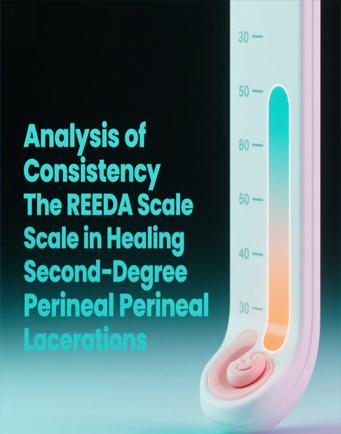RELATIONSHIP OF PREGNANT WOMEN WORK WITH BIRTH WEIGHT BABIES IN Hospital PROF. DR. W.Z.YOHANNES KUPANG IN 2010
Downloads
Baby weight at birth related to maternal characteristics, infants are more likely to have an average weight of 2500 grams or more if the 20-34 year-old mother gave birth to her first child when the time, the data IDHS showed 74.3 percent prevalence rate. On the whole the same source reported 6 percent of babies had birth weight less than 2500 grams. Several studies on the impact of the work done by the pregnant woman to the fetus have been carried out, including studies conducted by Manshande et al., (1987) who compared pregnant women who perform heavy physical activity in the last week of pregnancy in pregnant women who do not perform physical activity (breaks) in the last weeks of pregnancy. In this study it was reported that all infants born full-term and the long break has a strong influence on birth weight infants, where there is an increase in birth weight of 334 grams on the baby girl, but there was no difference in the birth weight of a baby boy.
The research objective consists of the general objective is to determine whether or not the relationship type of physical labor for expectant mothers with a birth weight babies in hospitals Prof. DR. W.Z.Johannes Kupang in 2010.
This research is explanatory research with design Cross-sectional Study. The study population is all the mothers in hospitals inpartu Prof. DR. Kupang WZJohannes May to October 2010 was 917 people (Register childbirth, 2010), the study sample inpartu some mothers who met the inclusion criteria, among others, mothers with spontaneous labor, action and artificial, and the exclusion criteria were mothers with twin births, diabetes mellitus and mother to smoking.
The sampling method is non-probability sampling, with Porposive sampling techniques, sample size of 50 people.
The results that most of the respondents who do strenuous activity during pregnancy give birth to babies with birth weight 2500-4000 grams (82%). Respondents who had parity ≤ 4 (84%) gave birth to infants with birth weight 2500-4000 grams, while 3 respondents (6%) with parity> 4 having a baby with birth weight 2500-4000 grams. While the majority of respondents (82%) with a gestational age range 37-42 weeks of having a baby with birth weight 2500-4000 grams, while 4 respondents (8%) with a gestational age <37 weeks of having a baby with a birth weight of 2500-4000 grams.
Conclusion that most of the mothers inpartu heavy physical activity based total energy released by the average birth weight of 2500-4000 grams. Statistical analysis states that there is no significant relationship between maternal physical work during pregnancy with birth weight infants.
Downloads
Copyright notice
Ownership of copyright
The copyright in this website and the material on this website (including without limitation the text, computer code, artwork, photographs, images, music, audio material, video material and audio-visual material on this website) is owned by JURNAL INFO KESEHATAN and its licensors.
Copyright license
JURNAL INFO KESEHATAN grants to you a worldwide non-exclusive royalty-free revocable license to:
- view this website and the material on this website on a computer or mobile device via a web browser;
- copy and store this website and the material on this website in your web browser cache memory; and
- print pages from this website for your use.
- All articles published by JURNAL INFO KESEHATAN are licensed under the Creative Commons Attribution 4.0 International License. This permits anyone to copy, redistribute, remix, transmit and adapt the work provided the original work and source is appropriately cited.
JURNAL INFO KESEHATAN does not grant you any other rights in relation to this website or the material on this website. In other words, all other rights are reserved.
For the avoidance of doubt, you must not adapt, edit, change, transform, publish, republish, distribute, redistribute, broadcast, rebroadcast or show or play in public this website or the material on this website (in any form or media) without appropriately and conspicuously citing the original work and source or JURNAL INFO KESEHATAN prior written permission.
Permissions
You may request permission to use the copyright materials on this website by writing to jurnalinfokesehatan@gmail.com.
Enforcement of copyright
JURNAL INFO KESEHATAN takes the protection of its copyright very seriously.
If JURNAL INFO KESEHATAN discovers that you have used its copyright materials in contravention of the license above, JURNAL INFO KESEHATAN may bring legal proceedings against you seeking monetary damages and an injunction to stop you using those materials. You could also be ordered to pay legal costs.
If you become aware of any use of JURNAL INFO KESEHATAN copyright materials that contravenes or may contravene the license above, please report this by email to jurnalinfokesehatan@gmail.com
Infringing material
If you become aware of any material on the website that you believe infringes your or any other person's copyright, please report this by email to jurnalinfokesehatan@gmail.com.





































